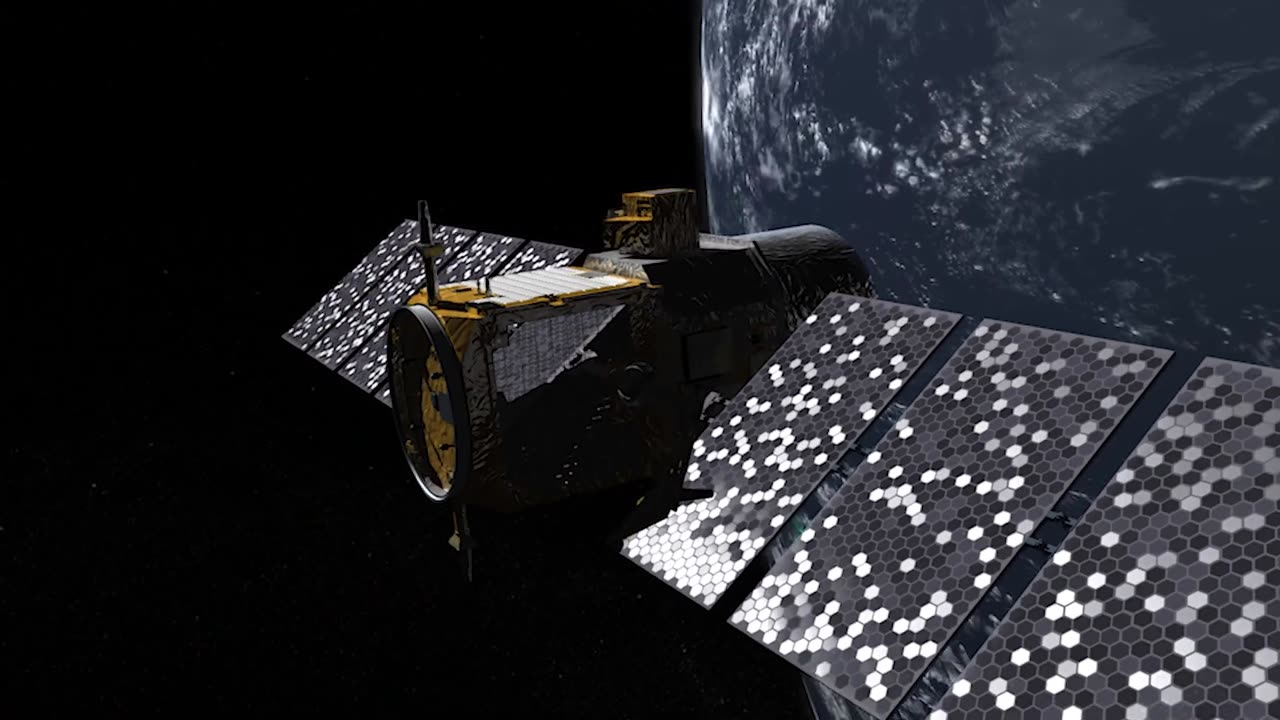Premium Only Content

How NASA Sees the Life Cycle of Volcanic Island Hunga Tonga-Hunga Ha’apai
How NASA Sees the Life Cycle of Volcanic Island Hunga Tonga-Hunga Ha’apai
As of my last knowledge update in September 2021, I can provide you with information about how NASA observed the life cycle of the volcanic island Hunga Tonga-Hunga Ha'apai up to that point.
Hunga Tonga-Hunga Ha'apai is a volcanic island located in the South Pacific Ocean, near Tonga. It emerged as a result of a volcanic eruption that began in December 2014. NASA's interest in this island lies in its unique opportunity to study the entire life cycle of a volcanic island, from its birth through erosion and potential disappearance, which can provide insights into similar processes on other planets, like Mars.
Here's how NASA sees the life cycle of Hunga Tonga-Hunga Ha'apai:
Volcanic Eruption and Formation: The island was formed through a series of volcanic eruptions that led to the accumulation of lava, ash, and other volcanic materials. This process is similar to how many volcanic islands in the Pacific Ocean have formed over millions of years.
Initial Stability: After its formation, the island was relatively stable, and scientists closely monitored its evolution using satellite imagery and other remote sensing tools.
Erosion and Changes: Over time, the forces of erosion began to reshape the island. Ocean waves, wind, and other natural processes gradually eroded the island's shorelines, causing changes in its shape and size. NASA observed and documented these changes using satellite images and data.
Disappearance: One of the most intriguing aspects of Hunga Tonga-Hunga Ha'apai is its potential for disappearing back into the ocean. Many volcanic islands are eventually eroded and submerged due to ongoing natural processes. NASA was interested in studying this process in real time, as it could provide valuable information about similar processes on other planetary bodies.
Scientific Insights: By studying the entire life cycle of the island, NASA hoped to gain insights into geological processes, erosion, and the potential for landforms to arise and disappear over relatively short time scales. This knowledge could contribute to our understanding of similar processes on Mars or other planets with dynamic surfaces.
Please note that the information provided is based on the status up until September 2021. If there have been any significant developments or new observations regarding Hunga Tonga-Hunga Ha'apai since then, I would not have access to that information.
-
 4:15:57
4:15:57
Joker Effect
4 hours agoJoker plays... S.T.A.L.K.E.R.2: Heart of Chornobyl
27.6K11 -
 32:56
32:56
MYLUNCHBREAK CHANNEL PAGE
10 hours agoUnder The Necropolis - Pt 3
15.7K25 -
 37:08
37:08
Degenerate Plays
15 hours ago $0.27 earnedThe Greatest Chase Scene Of All Time - Assassin's Creed : Part 33
11.1K1 -
 1:08:34
1:08:34
Squaring The Circle, A Randall Carlson Podcast
14 hours ago#034 The Mysteries Of Stonehenge: Uncovering The Origins Of The Stones - Squaring The Circle
8.18K3 -
 10:35
10:35
Misha Petrov
11 hours ago"We Need More Women Firefighters!" LA Wildfires Expose Shocking Mismanagement and DEI Priorities
8.64K24 -
 8:36
8:36
Gamers Unbeaten
15 hours agoMarvel Rivals: The Menace of Jeff the Shark | Deep Thoughts While Gaming
24.4K1 -
 11:05
11:05
Guns & Gadgets 2nd Amendment News
10 hours agoBREAKING NEWS: ATF Reinstituting The Pistol Brace Ban?!
17.1K10 -
 48:04
48:04
PMG
12 hours ago $0.32 earned"Will Trump FINALLY Prosecute the 2020 Election Criminals? w/ FEC Commissioner Trey Trainor"
11.8K -
 11:19:20
11:19:20
Phyxicx
11 hours agoFinal Fantasy XIV - Finishing Stormblood - 1/11/2025
81.4K4 -
 9:21
9:21
BlackDiamondGunsandGear
11 hours agoBest of Both AR-15 + Ak47 = CMMG Mutant DISSENT
58.2K8